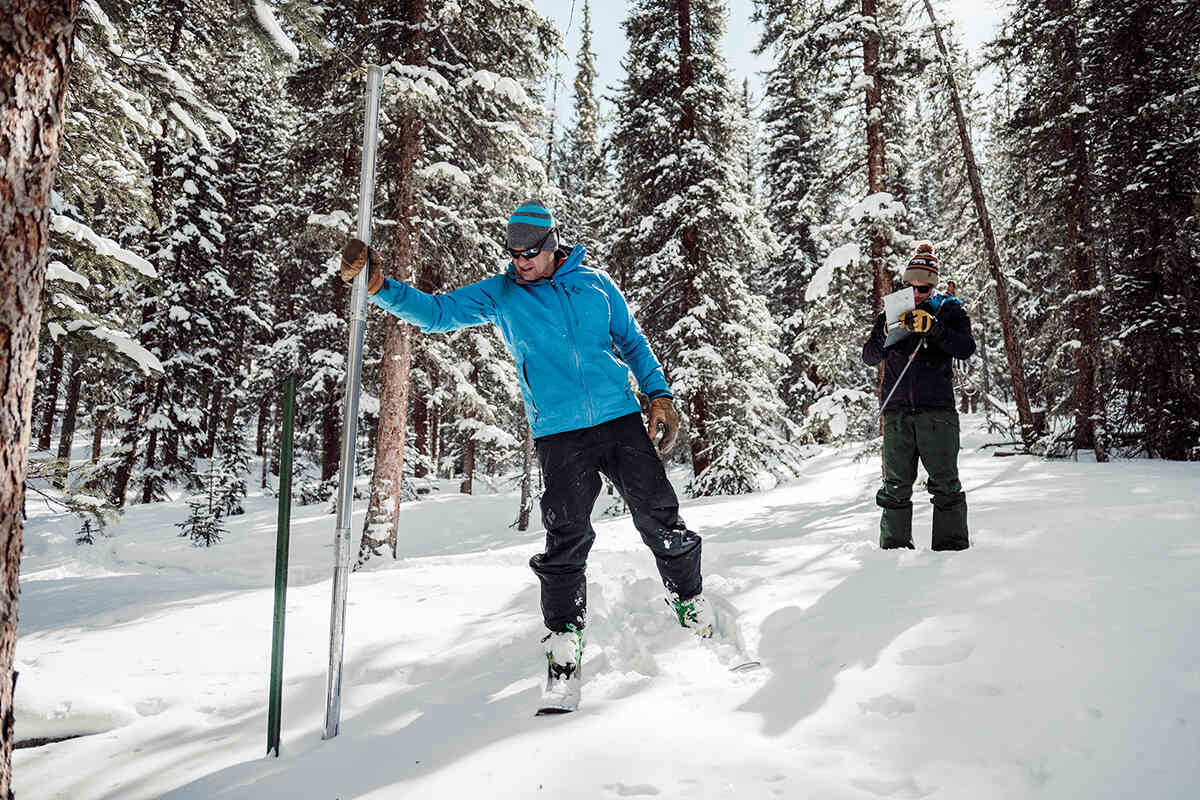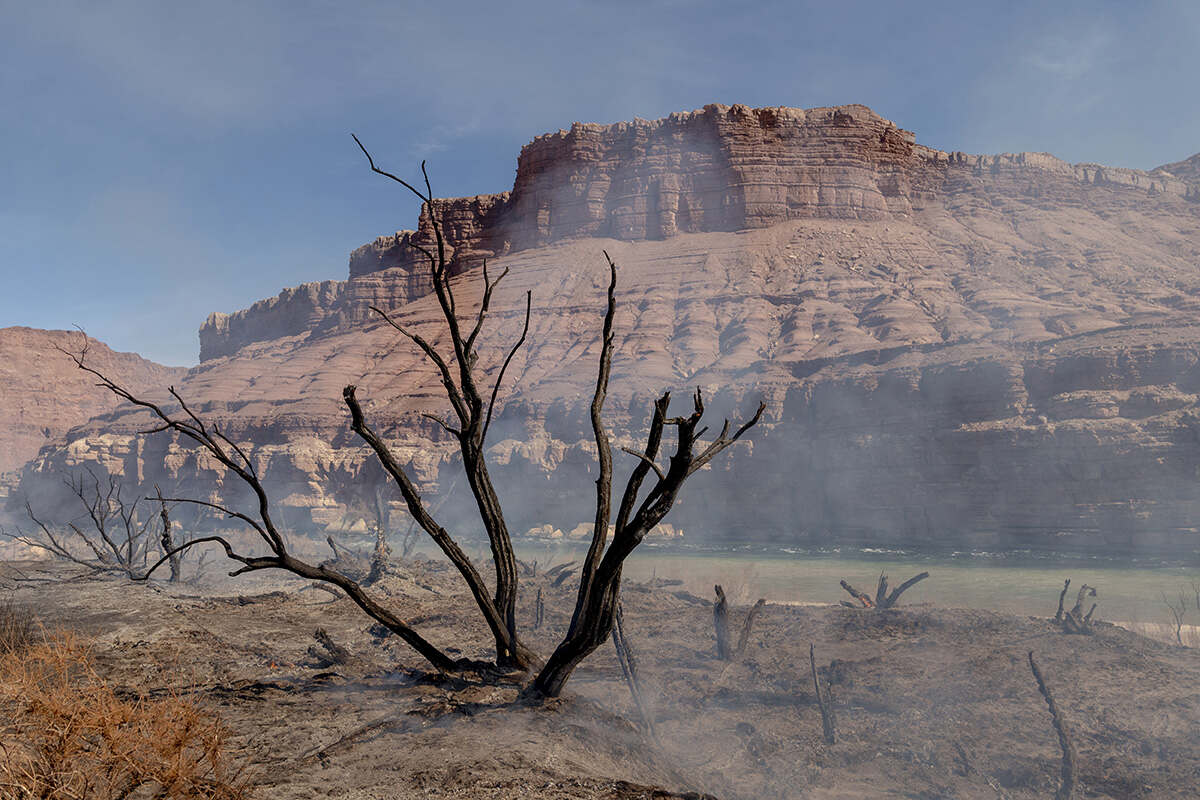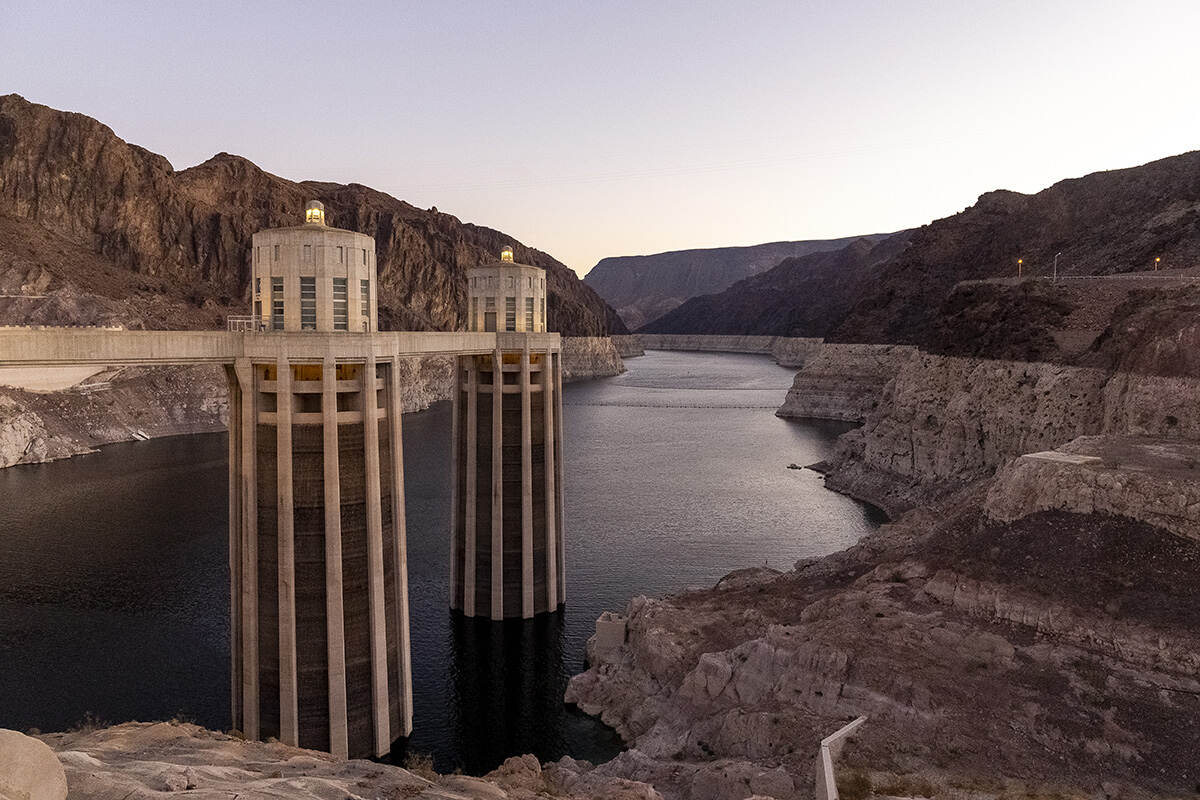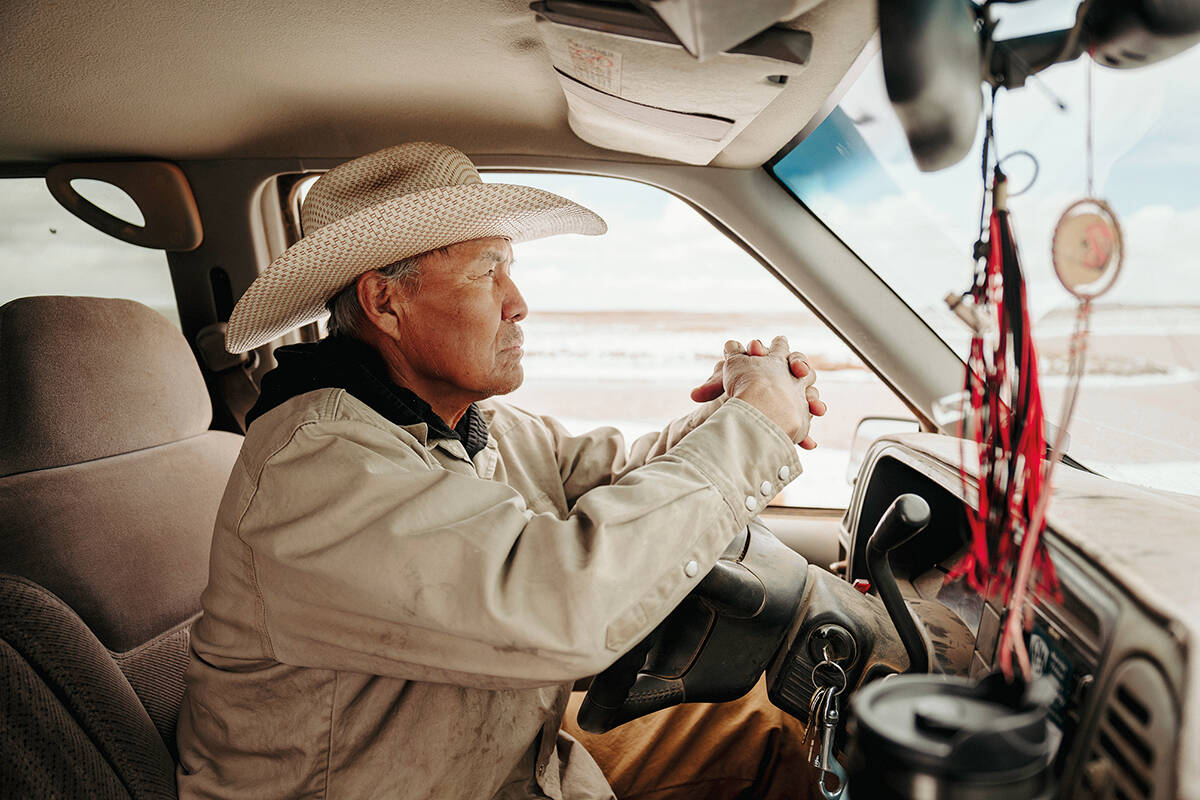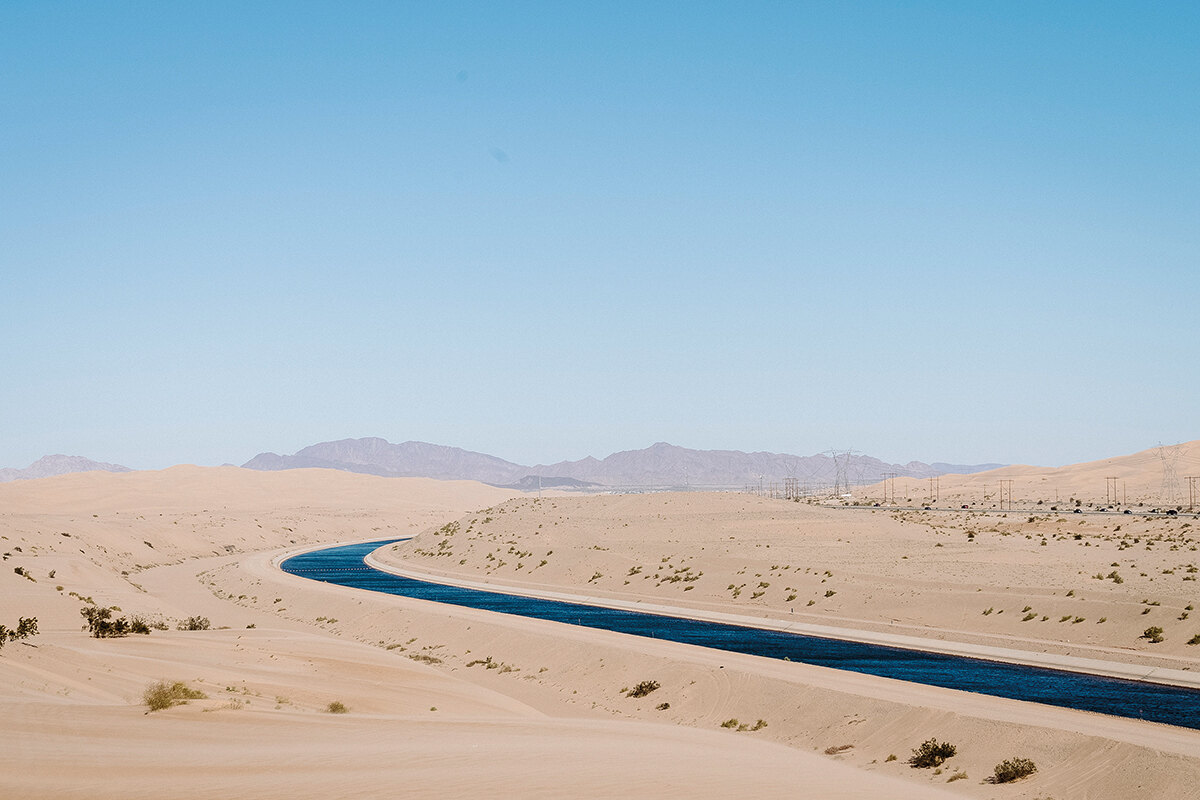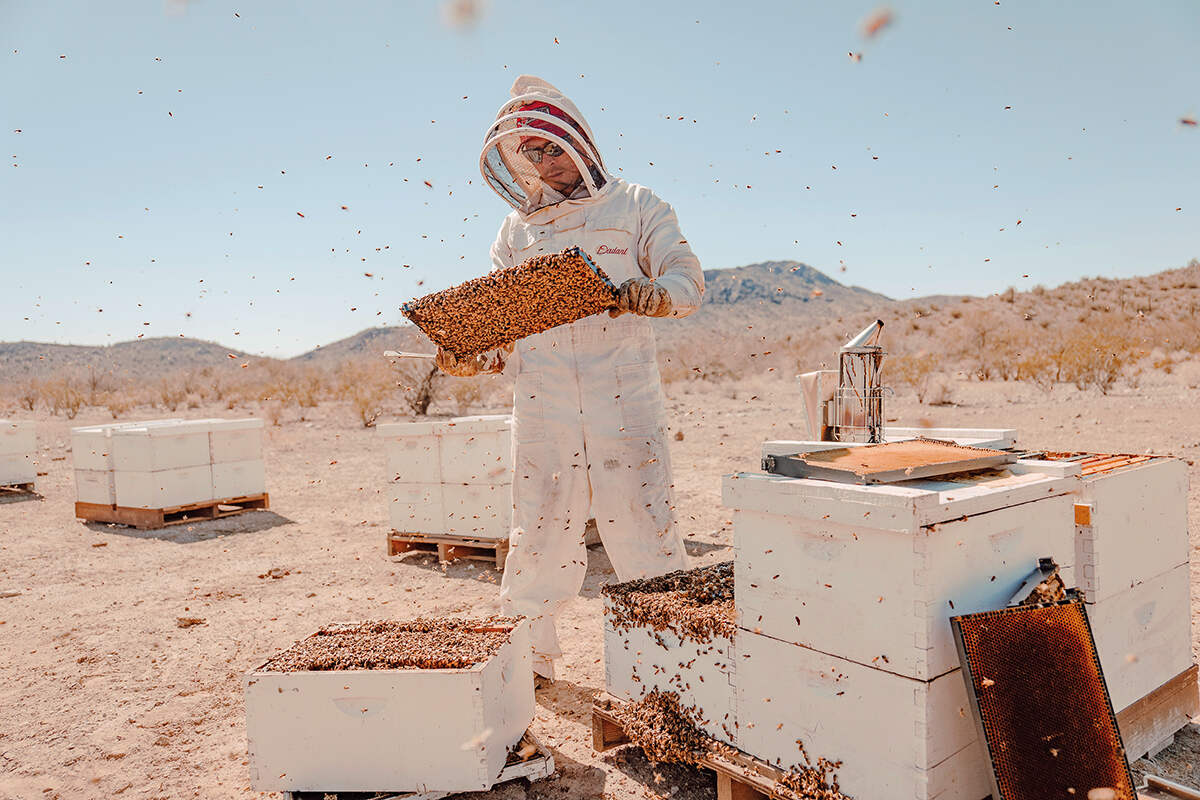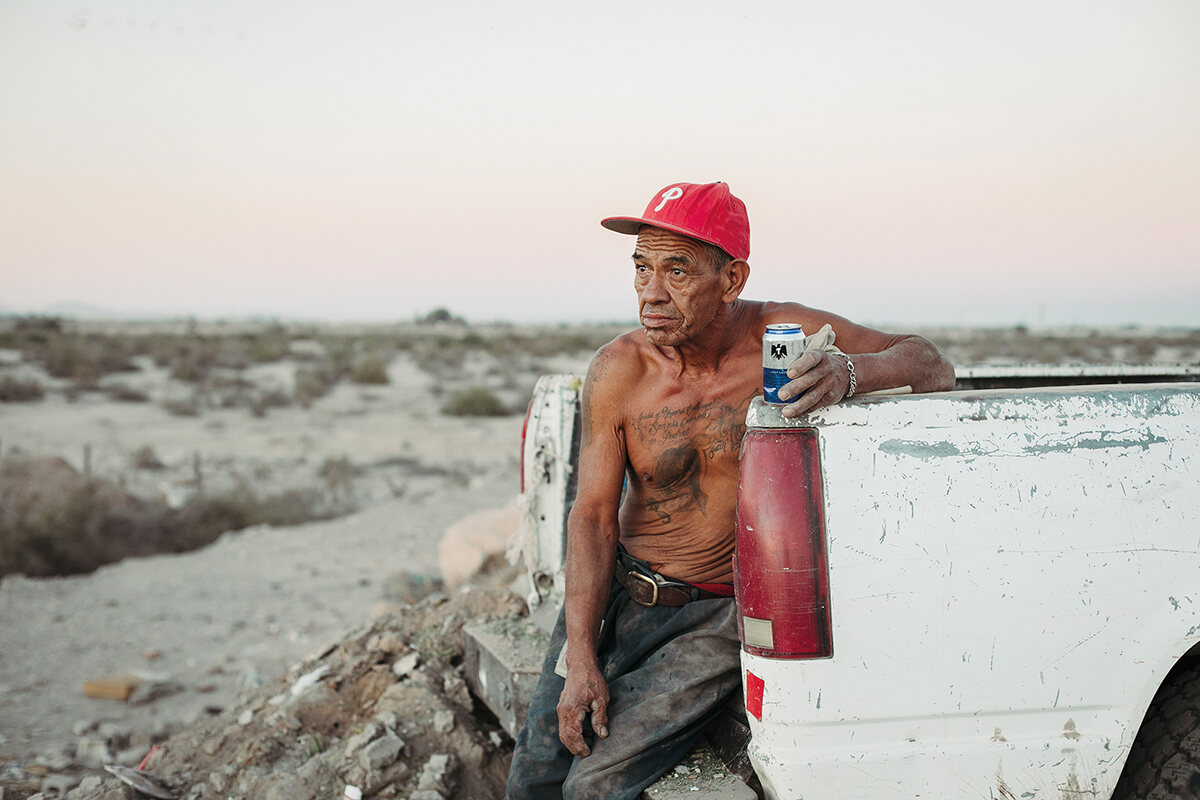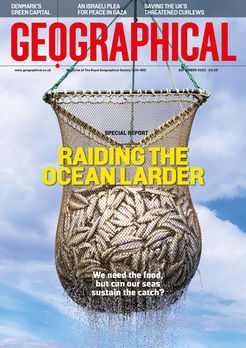
The Colorado River is running out of water, and it’s now listed as the most endangered major river in the USA
Words & photographs by Jonas Kako
The Colorado River snakes its way across the western USA for more than 2,000 kilometres – from the snow-capped peaks of the Rocky Mountains, down through stunning canyons, across deserts and over the border into Mexico. It’s the sixth longest river in the USA and flows through seven US states and two Mexican states. Its watershed spans eight per cent of continental America. With its tributaries, it’s the source of water for more than 40 million people. An economy worth US$1.4 trillion is dependent on its supply of water and the trade in boating, fishing, hiking and myriad other recreational activities alone is worth US$26 billion.
However, the mighty Colorado River is drying up. Today, it rarely reaches the ocean in the Gulf of California – the last time it did was in 1983. Climate change and an ever-growing demand for its precious water mean the NGO American Rivers now lists it as the most endangered major river in the USA.
Over the past century, a series of vast hydraulic-engineering projects based on a wildly over-optimistic estimate of the river’s flow skewed on three years of freak rain have fundamentally changed the river. Coupled with diminishing snowfall in the Rockies, extensive droughts, a rapidly growing population and large-scale intensive farming, this has meant that compared to 100 years ago, less than 20 per cent of the water that once flowed across the border now reaches Mexico.
The falling water levels are clearly visible on the upper reaches of the river. The 450-kilometre segment that passes through the Grand Canyon is bracketed by the two largest storage impoundments in the USA – Lake Powell and Lake Mead. The Hoover Dam opened in 1935 and formed Lake Mead, now a shadow of its former self. Looking across the reservoir from Las Vegas, one can see the high water mark at a milky-white line along its shores. It has lost two-thirds of its volume and in a few years, water levels will be too low to drive the dam’s turbines to produce electricity.
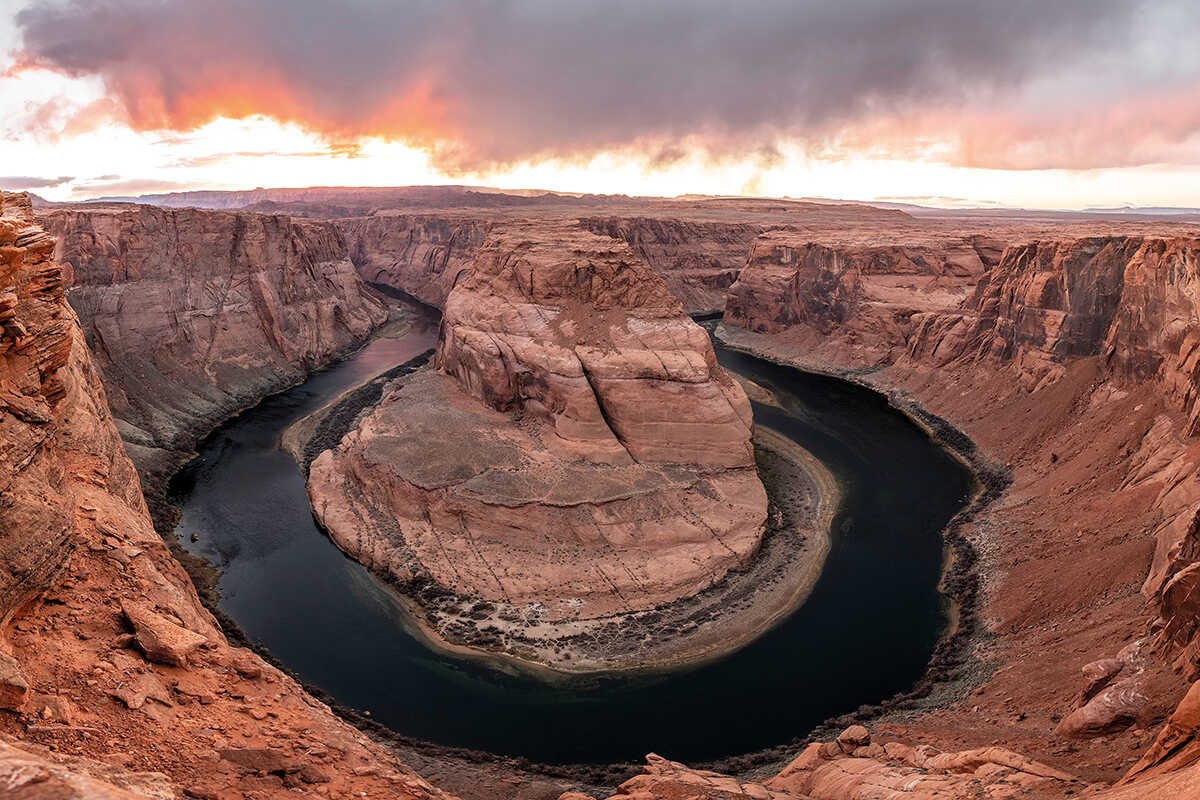
In the spring of 2022, levels hit another record low, exposing one of the water pumps. Luckily, the water management company had installed a deeper pump
that was brought onstream just in time to avoid blackouts in Las Vegas. The booming desert resort is also dependent on water from Lake Mead – its 2.2 million population consumes more than double the average US per capita amount.
In Las Vegas, there’s growing awareness of just how serious the lack of water has become. As of 2026, there will be a ban on the planting of natural lawn in the city and even today, there are tight restrictions on when and how much gardens and lawns can be watered. Repeat offenders can expect a hefty fine. Since the launch of the enforcement agency, some 16,000 infringements have been logged, 2,000 of which led to fines totalling half a million US dollars.
The water diversion to large conurbations such as Phoenix and Las Vegas has significantly lowered the river’s water levels and altered its course. However, the amount of water diverted for agricultural use in California and Arizona is causing the most controversy. Under a 1922 compact, the Colorado River US states were divided into an upper and a lower basin, each getting the right to roughly half of the river’s water. The upper basin is controlled by a system of state and local dams, while two federal dams manage water to the lower basin: the Hoover Dam outside of Las Vegas and the Glen Canyon Dam on the Arizona–Utah border. However, California and Arizona have consistently taken more than their agreed share. This is due to come to a head soon because of a more recent agreement that stated that California would have to start reducing its take from the river if the water level in Lake Mead drops below 318.45 metres (1,045 feet), which it’s expected to do this month. Currently, the states are trying to negotiate an agreed share of the river’s diminishing waters.

‘You can’t possibly overestimate how hard this is,’ said Felicia Marcus, a fellow at Stanford University’s Water in the West programme and former chair of the California State Water Resources Control Board. ‘Each state has their own peculiar set of politics.’
Once you get to the mouth of the river in the Gulf of California, there’s little trace of the once mighty waterway. What used to be a broad delta that saw waves of migrating birds enjoying its rich ecosystem is now a salty desert. The sea is encroaching on the delta, driving back flora and fauna not adapted to high salinity levels.
Some other water related stories to enjoy
According to a recent study published in Science, climate change is the main cause of the Colorado’s decline. Chris Milly and Krista A Dunne, the study’s authors, calculated that the river’s levels were down by some 1.5 billion cubic metres of water, roughly the annual water usage of ten million Americans.
The water cycle is caught in a vicious circle. Less snowfall in the Rockies, caused by climate change, leads to less sunshine being deflected back into the atmosphere, which in turn causes the ground to warm more quickly and water to evaporate more rapidly. Ultimately, this means that less water ends up in the reservoirs.
According to Milly and Dunne, every degree of warming in the region causes the volume of water flowing through the Colorado River to shrink by some 9.3 per cent.
